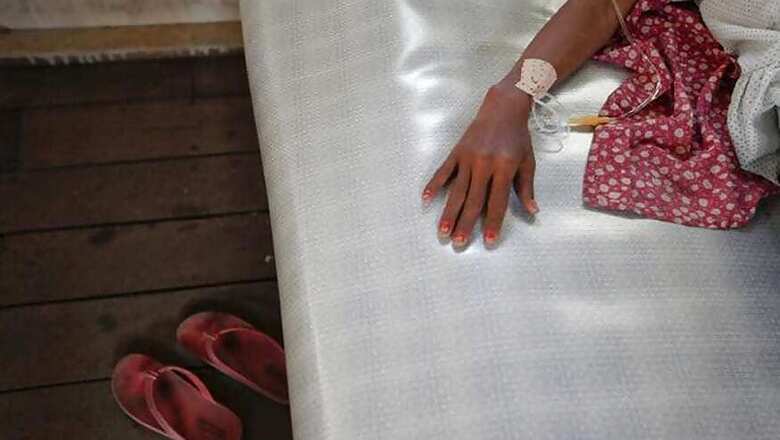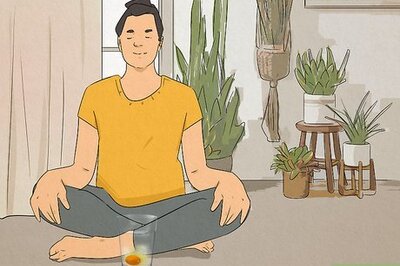
views
In what could be understood as a clear demarcation between Indian men and women when it comes to accessing healthcare, the latest national health survey conducted by the National Statistical Office (NSS) during the period from July 2017 to June 2018, has found. Multiple statistical charts, as part of a survey done for people who were treated for spells of various ailments, reveal that:
1) More men get treatment in private hospitals than women
2) More men get allopathic treatment, consequently the percentage of women seeking treatment from alternative sources of treatment — 'Indian system of medicine', 'naturopathy', 'yoga' etc is more than that of men
3) These differences are seen more starkly in urban settings than in rural India
For instance, 32.4 percent of men, who were diagnosed within the previous 15 days of the survey, in rural parts got treated at government hospital, which was lower in percentage terms than the figure reported for women — 32.6. While 21.2% men in rural parts were treated at private hospitals, the corresponding figure for women was 20.5%.
In urban areas, 25.7% men and 26.6% women sought treatment at government hospitals, while 28.7% and 26% women sought treatment in urban spaces in private hospitals.
When it came to categorising gender-wise the nature of treatment sought by people diagnosed with various ailments, it turned out that in both rural and urban spaces alternative treatments like homeopathy were sought after more by women than men.
Allopathy was the preferred mode of treatment for men both in urban spaces and in rural spaces. As in the case of the preference of hospitals, the difference between men and women in the type of treatment sought, was starker in urban spaces.
While 96.4% men were treated through allopathy in urban spaces, the figure was 94.7% in case of women. While 1.8% of men were treated by 'Indian system of medicine' in urban spaces, 2.5% women were treated through this method. While only 1.6% males went for homeopathy in urban India, the figure for females was 2.4%.
Another interesting data revealed in the 75th round of the National Sample Survey (NSS), was the number of untreated people who showed signs of ailments. Uttar Pradesh, Rajasthan, West Bengal, Odisha and Kerala figured among the states where most people did not get treatment for their ailments. Of those who cited lack of finances most were reported from Odisha.
These figures may not be useful to understand the general pattern of access to healthcare for men and women in India, since most of these ailments (between 25% to 35%) were reported to be infections, it could also be a useful tool to estimate the possible gender-based differences when it comes to accessing healthcare in context of the present pandemic.



















Comments
0 comment